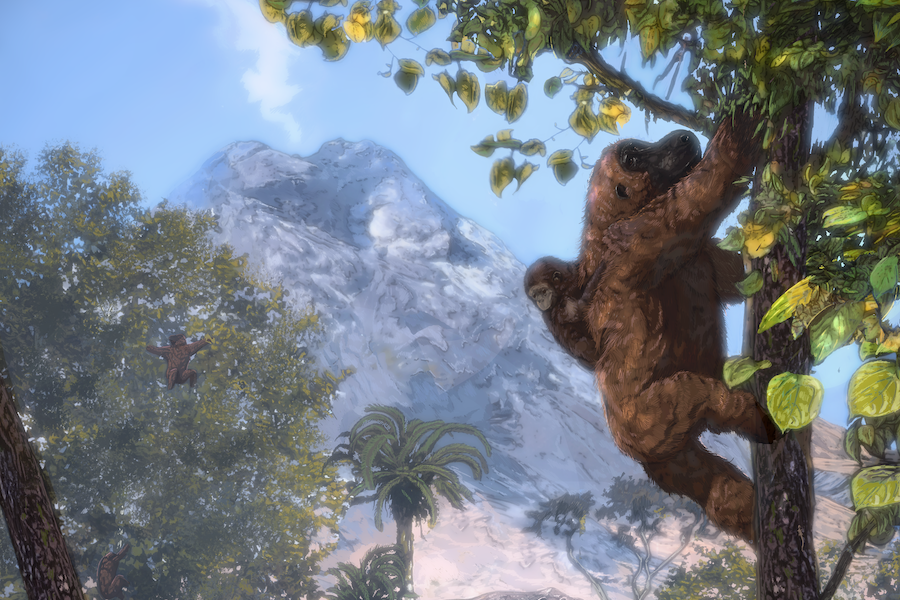Research Brief: New studies push back evidence for open habitats in Africa by more than 10 million years

U of M researchers shift the narrative of human evolution through paleontological and geological fieldwork
MINNEAPOLIS/ST. PAUL (04/13/2023) — The story of human evolution has long been a tale of a forested Africa that gradually became drier, giving rise to open grasslands and causing our forest-loving ape ancestors to abandon the trees and become bipedal. Even though ecological and fossil evidence suggested this narrative was too simplistic, the theory remains prominent in many evolutionary scenarios.
Two new studies recently published in Science led by researchers at the University of Minnesota Twin Cities put this idea to rest. The findings outline paleoecological reconstructions of early ape fossil sites in eastern Africa dated to the Early Miocene — between 23 and 16 million years ago — showing early apes lived in a wide variety of habitats, including open habitats like scrublands and wooded grasslands that existed 10 million years earlier than previously known.
Researchers across nine fossil site complexes — which included 30 experts from African, North American, and European institutions — conducted paleontological and geological fieldwork, collecting thousands of fossil plant and animal remains and sampling fossil deposits for multiple lines of evidence to reconstruct the ancient habitats.
“You go into a project like this not knowing for sure what you will find out, which is exciting. In this case, we realized we were looking at a picture of Early Miocene communities in eastern Africa that is quite different than what we had expected,” said David Fox, a professor in the Earth and Environmental Sciences Department in the University of Minnesota College of Science and Engineering. “There was no single ‘ah ha moment’ but over years of field seasons and the steady accumulation of new fossils and new data, we realized that the environments of the earliest apes varied significantly from the traditional picture of forested habitats.”
Read the full research brief on the University of Minnesota Twin Cities website.
